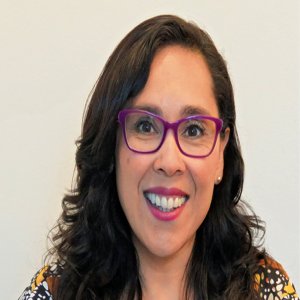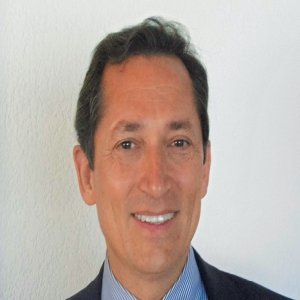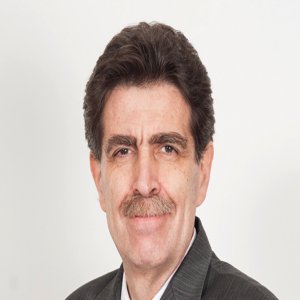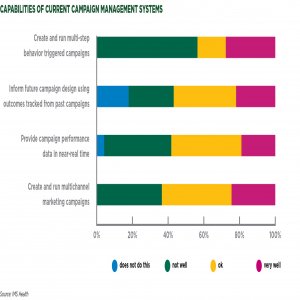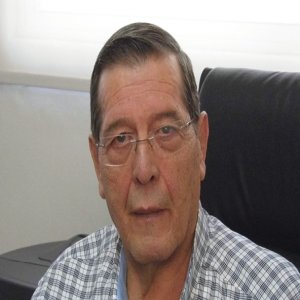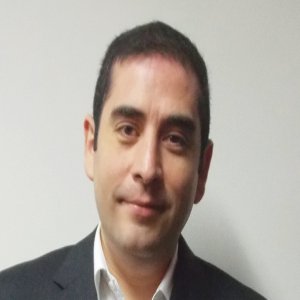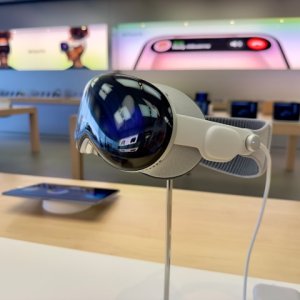Taking Microbiology Diagnostics to the Next Level

STORY INLINE POST
Q: How does Mexico compare to the rest of the world in terms of opportunities in the diagnostic market?
A: Despite the move to help millions of people access basic medical care through the Seguro Popular, there are still gaps and opportunities in the healthcare sector. Each country has its own issues and must find solutions according to their capabilities and resources, so comparing countries only makes sense if one can learn from others’ experience. One area I believe Mexico could improve is the fight against antibiotic resistance. The US has a five to ten year action plan to fight antibiotic resistance, and the WHO has a database software called WHONET aimed at collecting and analyzing information on resistance to specific drugs at varying doses, in which countries such as Colombia, Argentina, and Chile are involved. bioMérieux is participating in this initiative and this is a valuable tool for physicians to prescribe the right antibiotics at the right dose. Mexico has not yet reached the same level of commitment in this area, so there are still plenty of commercial opportunities to fill this gap.
Q: Do you have any plans to stand alongside WHONET in this battle against antibiotic resistance in Mexico?
A: We see it as a duty to work with the Ministry of Health, the state institutions, IMSS, and Seguro Popular to tackle this issue. Unfortunately, this topic is frequently viewed as a consumption of resources in the public sector because it is a long term investment. However, patients stay for a longer time in intensive care units simply because the right antibiotic was not administered, costing US$2,500 per day for every patient. Finding the right antibiotic thus represents daily savings for the institutions, but we are struggling to convince physicians that investing now and waiting two to five years for the return of investment will be worth it in the long run. We can understand this reticence as budgets have been constrained in the short-term, however the bigger picture has to be taken into account because it is not unusual in this industry for returns to be seen ten or 20 years after a study or initiative is started.
Q: Are you developing specific technology for the government to help them with his problem?
A: We have software that collects data and stores it, and is aiming to connect all units to automated data, before differentiating between countries. We would then be able to provide customized advice to each country because this cannot be generalized globally. Antibiotic resistance happens to be different across the globe. Therefore, epidemiologists and infectologists in Mexico will look at drug resistance information and identify which is more common in the country. This can be a valuable input to determining which antibiotics are still worth administering and in which dose. bioMérieux can connect the software and provide customized advice to prescribe the right antibiotic. This is expected to save millions of dollars; pharma budgets are usually between 20-25% of hospitals budgets, while microbiology only represents 3-5%, showing that Mexico has a considerable opportunity for growth in diagnostics. In addition, patients with infectious diseases are not usually screened and isolated, increasing the probability of wide spreading resistant infectious agents in hospitals.
Q: What are the most important projects that you are implementing in Mexico?
A: A syndromic approach to microbiology is overtaking the simple search for the bacteria or virus that is causing a given disease. We now know that this is too simplistic: since septicemia presents a problem for contamination because a patient can die within three to five days from this disease and blood cultures to test antibiotics take the same length of time to test. Two years ago we began a study in patients who had experienced multiple hospital admissions in La Raza, to develop a sepsis protocol as there is no specific medicine for this condition and physicians need to act as quick as possible. This protocol uses rapid microbiology in which the diagnosis is ready within 24 hours, so we think it is the solution to mitigate this potentially fatal problem. We would like to see this protocol being included in the Basic Formulary and we are interested in participating in a tender process to implement it in public institutions. This is a unique opportunity that is connected to the antibioticsresistance issue and will also be important in a population like Mexico, where 6.4 million have been diagnosed with diabetes, a disease that increases the risk of gangrene. We plan to stick to the protocol and are opposed to short cuts, but locating resources to provide these solutions in hospitals will be our biggest challenge.
Q: What does such rapid microbiology technique consist of?
A: Traditional microbiology techniques include sample collection, inoculation, growing bacteria or fungi in petri dishes, antibiotic sensitivity testing, among others can take up to three weeks to identify which microbacteria as well as the right treatment. We are working on a new technology that can cut this down to 24 hours providing physicians with enough information to make a decision regarding prescription and dose. This rapid microbiology tool relies on molecular biology techniques and mass spectrometry, and can be part of an automated laboratory aimed at increasing productivity and gaining recognition of its quality processes. Therefore, we are focusing on technology for laboratory automation in the private sector.
Q: Are you developing specific services for the private sector?
A: We serve both the private and public sector, and although they require different services and innovation, we adapt to the needs of each client. Rapid microbiology is part of what we are offering to reduce patient turnaround times, relevant to both sectors by reducing time in hospital, and therefore exposure to infection. As for chronic and degenerative diseases, the diagnostic market for diabetes is saturated with products such as glucose monitors, but we are aimed at providing added-value applications for infectious diseases as well as chronic ones such as cardiovascular diseases and cancer. For instance, the biomarker procalcitonine provides a prompt and accurate diagnosis of sepsis and is being used by many of our customers today. BioMérieux invests in acquiring knowledge on biomarkers in order to develop quick lifesaving diagnostic solutions for physicians.
Q: Do you offer training courses as part of an after-sales service of diagnosis equipment?
A: We consider it part of the duty to train staff with the devices we sell before they purchase them for their laboratories, and the company also offers a certified one-week course in collaboration with local universities relating to resistance and diagnostics. bioMérieux hopes to sow the seed of interest among professionals that could eventually join our ranks in the fight against resistance to antibiotics.
